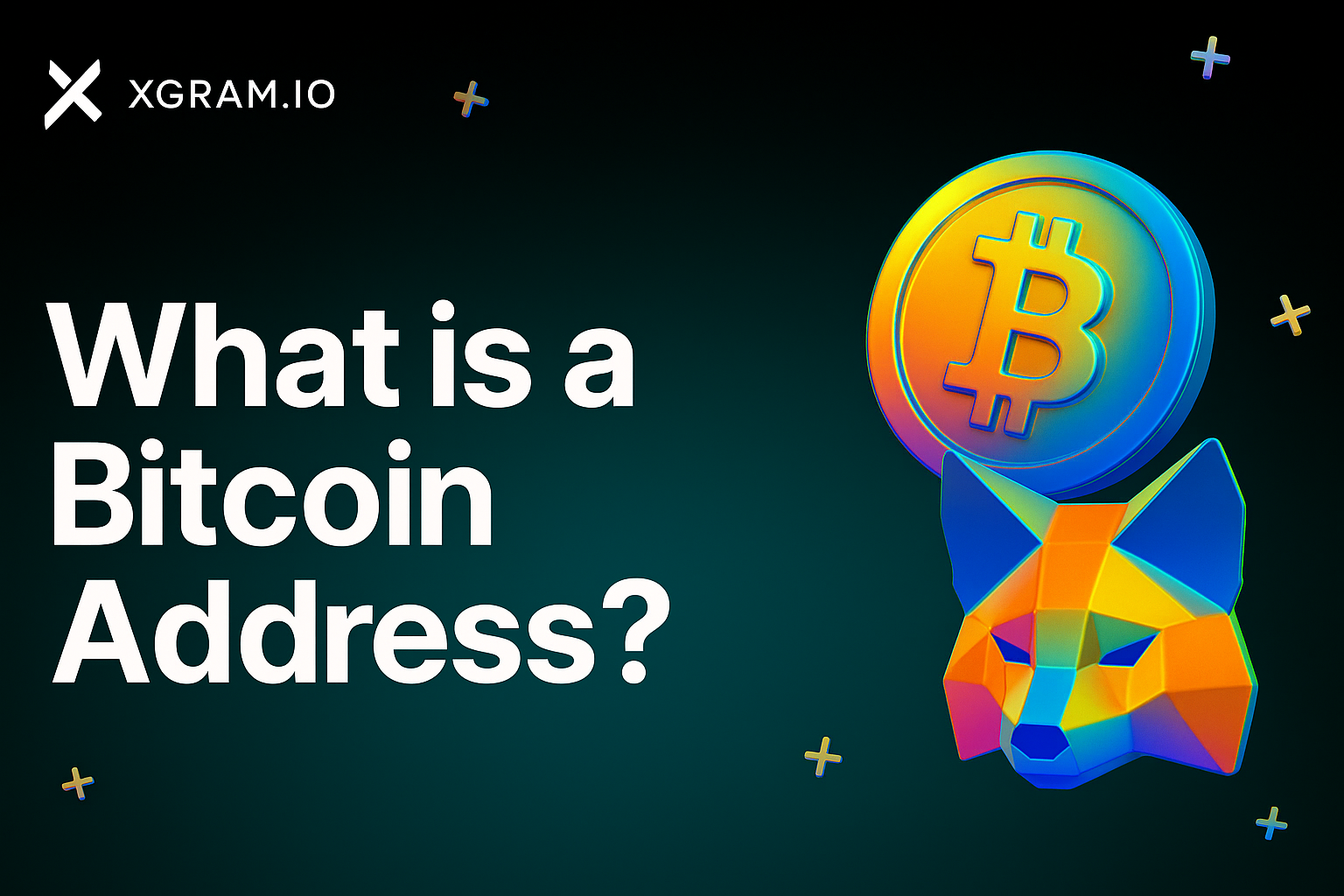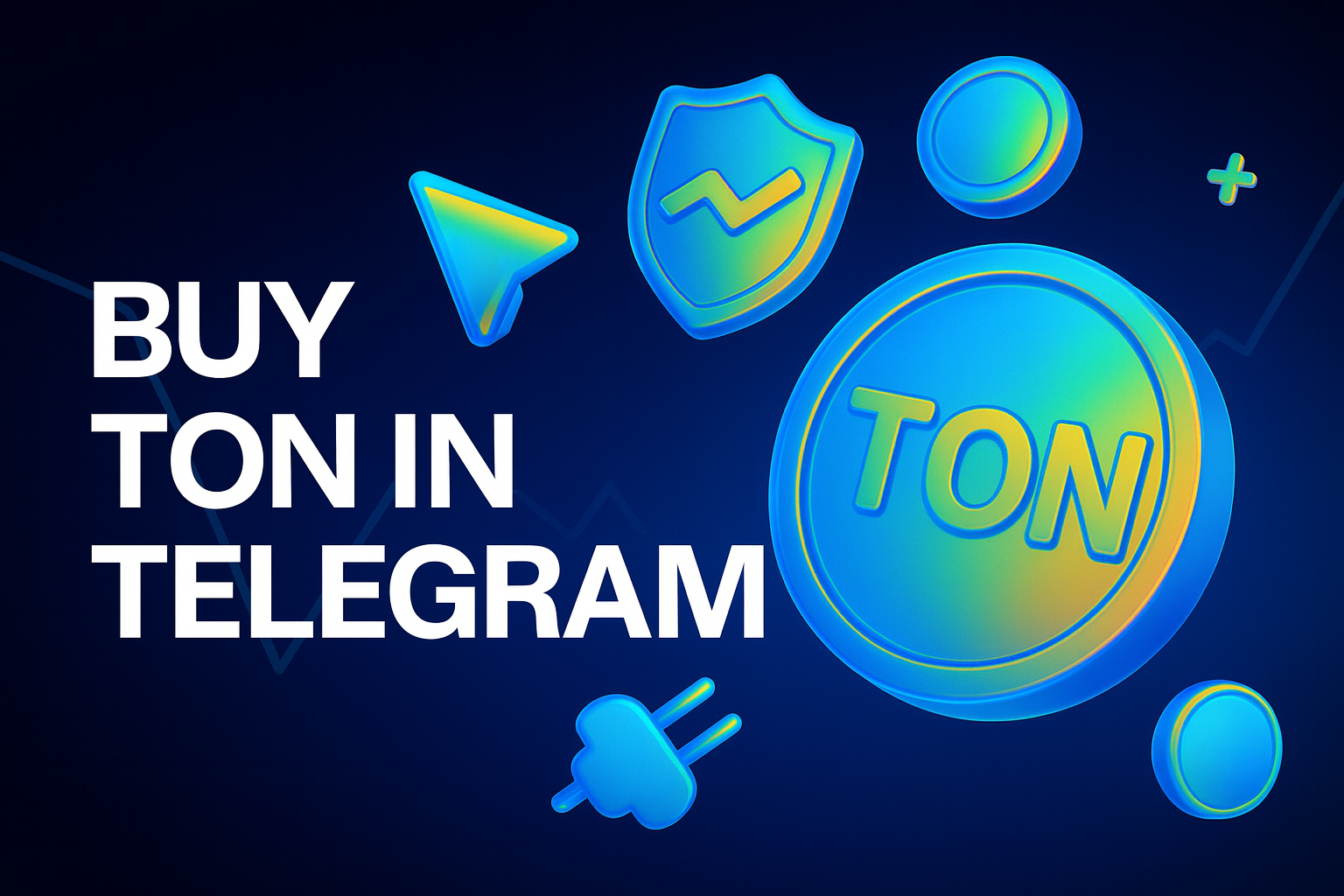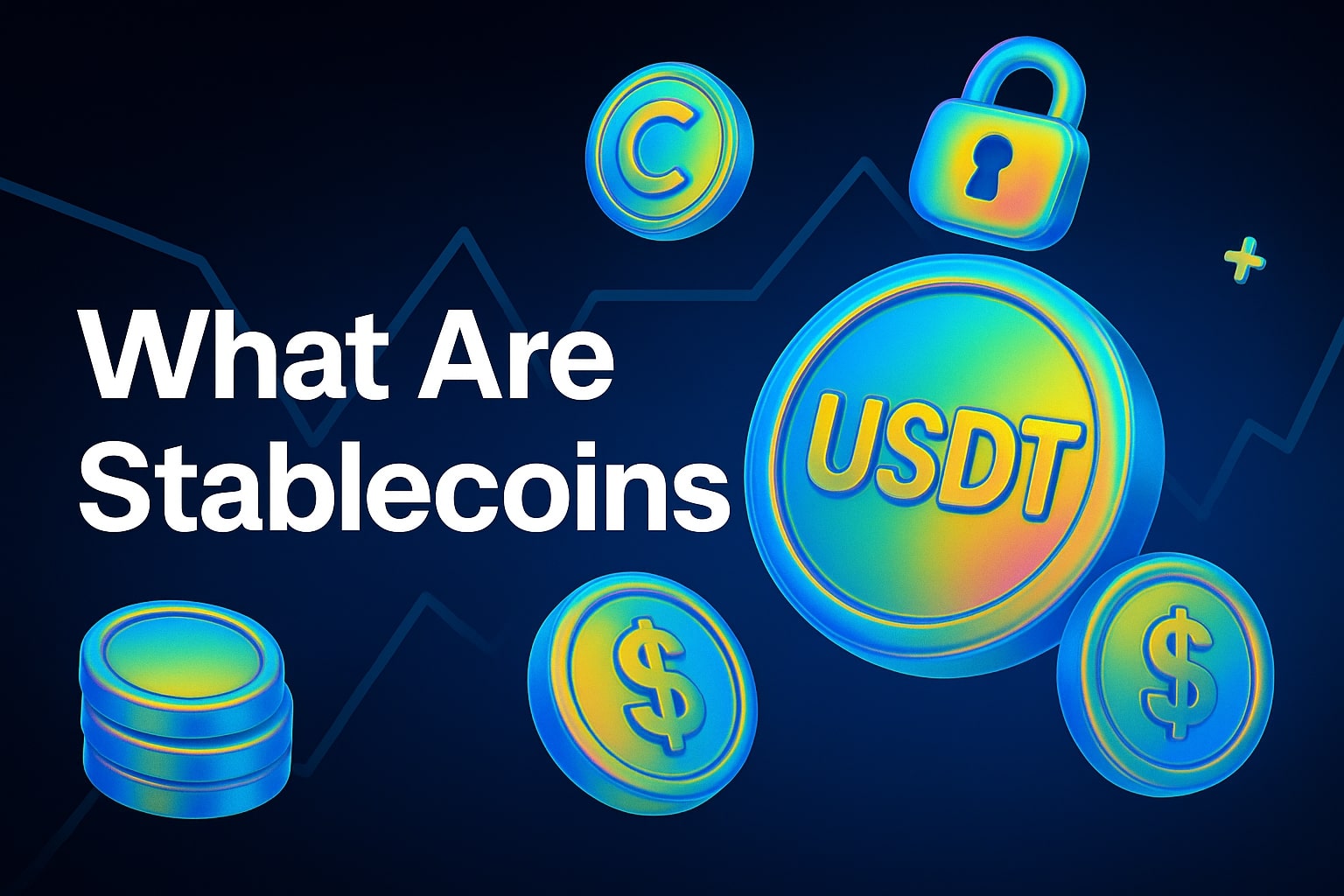What Is a Bitcoin Address?
A Bitcoin address is a unique identifier used to send and receive cryptocurrency. Unlike traditional bank accounts, it is a string of characters generated through cryptographic methods, allowing users to participate in the blockchain and receive transfers.
Every address relies on two keys:
- Public key – open information required to receive cryptocurrency.
- Private key – a secret key used to sign transactions and manage funds. It must be kept secure.
When sending crypto to another user, you need their Bitcoin address; conversely, you provide your address to receive funds. One person can use multiple addresses to boost privacy. To carry out a transaction you also need a crypto-exchange site.
Example of a Bitcoin address:
1A1zP1eP5QGefi2DMPTfTL5SLmv7DivfNa
This address starts with “1,” indicating the legacy format. A Bitcoin address is not merely a random set of characters; it is a powerful tool that lets users interact with the cryptocurrency network.
What Does a Bitcoin Address Look Like?
The appearance of a Bitcoin address depends on its format. Each format was created for specific goals—lower transaction costs, better compatibility with new services, and higher security.
Below are the main formats:
- Prefix 1 (P2PKH). Introduced early in Bitcoin’s history, it starts with the digit “1.” Supported by all wallets, it suits normal transfers but usually incurs higher fees than newer formats.
Example: 1A1zP1eP5QGefi2DMPTfTL5SLmv7DivfNa - Prefix 3 (P2SH). Added later, it starts with “3” and enables more complex transactions such as multisignature schemes. It lowers fees and offers greater flexibility—ideal for users who need extra security.
Example: 3J98t1WpEZ73CNmQviecrnyiWrnqRhWNLy - Bech32 (“bc1”). Created alongside SegWit, it starts with “bc1.” Bech32 is optimized for Native SegWit, offering the lowest fees and the best block-space efficiency.
Example: bc1qar0srrr3ksp3pkcx2l9rdr7f4c6r4zuw44rq7d
Key Differences Between Formats
- P2PKH (prefix “1”) – legacy, highly compatible, but higher fees.
- P2SH (prefix “3”) – flexible, supports multisig, lower fees than P2PKH.
- Bech32 (“bc1”) – newest, optimized for SegWit, minimal fees, best efficiency.
Classification of Bitcoin Addresses
- Legacy (P2PKH). The first format, still widely used. Compatible with most wallets and exchanges, but transactions cost more. Best for users who avoid newer tech or make few transfers.
- SegWit (P2SH). Introduced to raise network efficiency and cut fees. Offers greater flexibility for different transaction types and suits users looking to reduce costs.
- Native SegWit (Bech32). The newest format, delivering the lowest fees and improved throughput. Ideal for users focused on minimizing expenses and maximizing efficiency.
How to Obtain a Bitcoin Address
Choose a wallet type that fits your needs:
- Mobile wallets. Apps like Trust Wallet, Electrum, or Coinomi let you create a Bitcoin address directly on a smartphone.
- Desktop wallets. More powerful solutions for PCs—e.g., Bitcoin Core—provide greater control but require installation.
- Hardware wallets. Devices such as Ledger or Trezor deliver maximum security, protecting large holdings from hacks.
Security tip: Always store your private key in a safe place to avoid losing your funds.
Why Do You Need a Bitcoin Address?
A Bitcoin address is essential for interacting with the Bitcoin network—similar to a bank-account number but with extra privacy features. Every address links to transactions recorded on the blockchain, a decentralized, public ledger.
You use a Bitcoin address to:
- Receive digital currency (bitcoins).
- Send funds to other users.
- Track transactions on the blockchain.
Because you can generate unlimited addresses, you can assign a new one to each transaction, enhancing anonymity and reducing tracking risks.
How to Check a Bitcoin Address
Before sending bitcoins, verify that the recipient’s address is correct—mis-typed addresses lead to irreversible loss of funds. You can use:
- Built-in wallet validators.
- Online checking tools.
These tools catch common mistakes such as wrong format or copy-paste errors. Always double-check the address before sending; wallet software helps, but human attention remains crucial.
A Bitcoin address is a fundamental element of the cryptocurrency ecosystem, playing a key role in transactions and user security. Understanding the different formats and choosing the right one is a basic skill for anyone working with Bitcoin. Security practices and modern address types can significantly influence transaction success and reduce potential risks.




